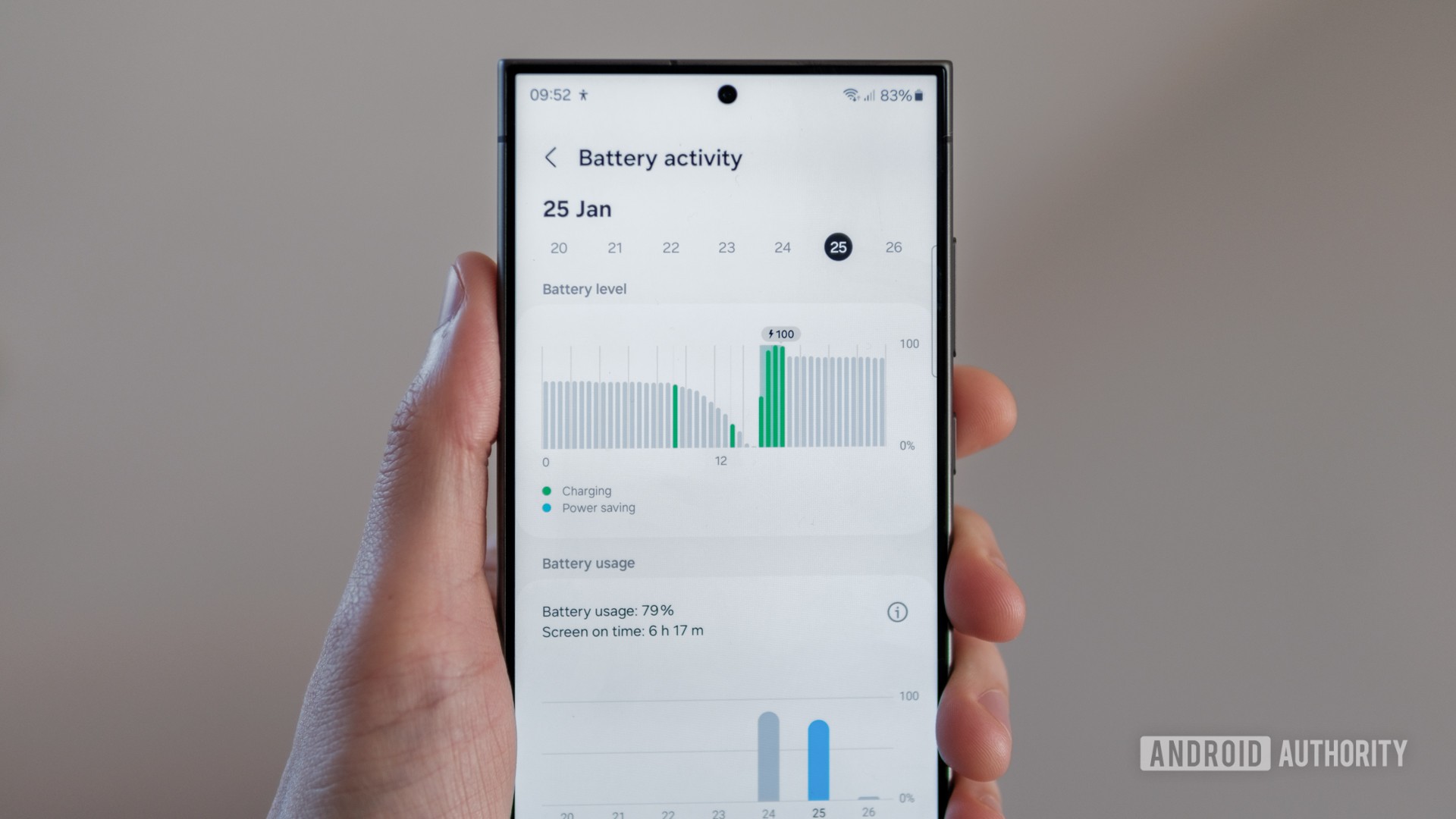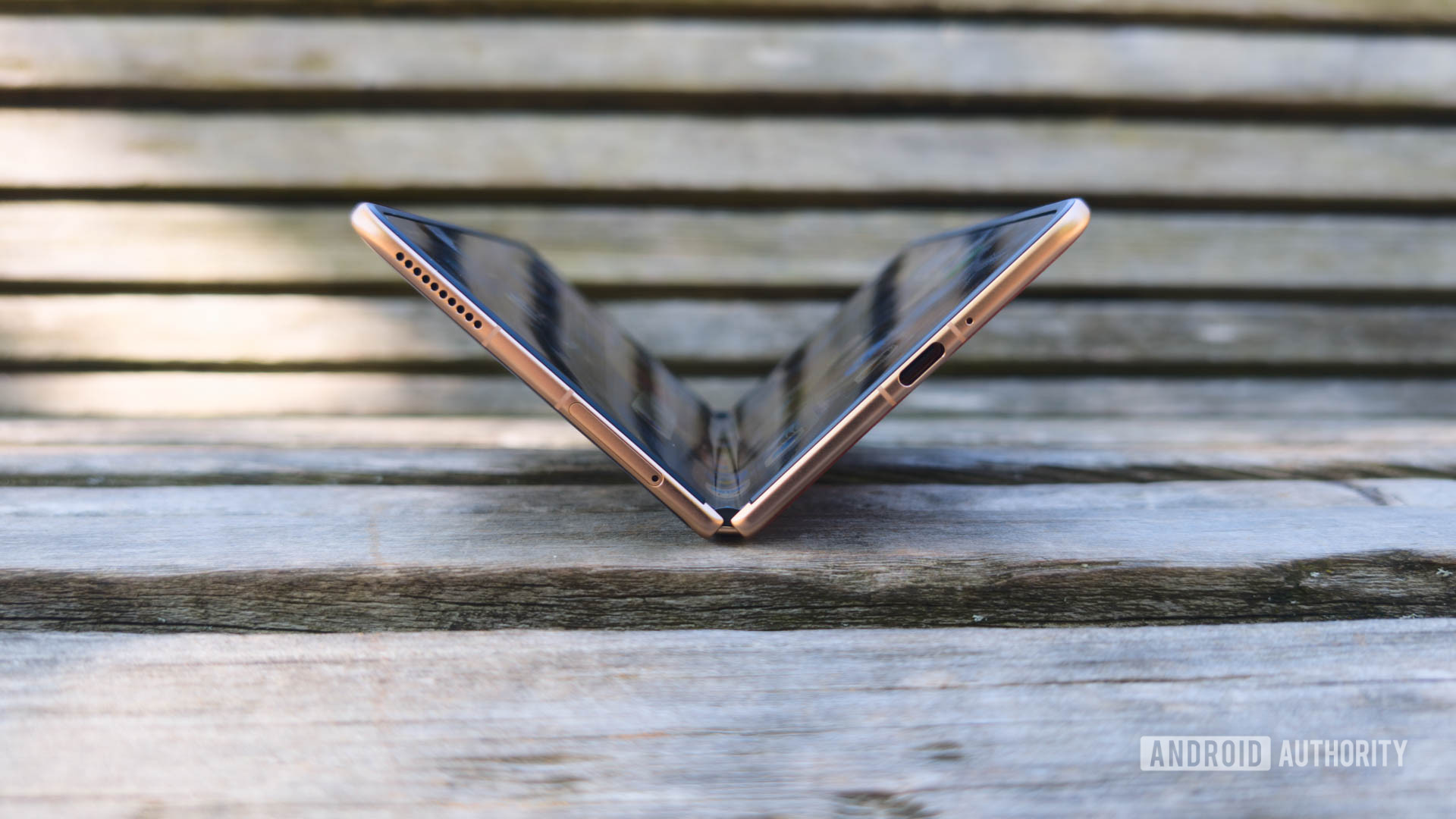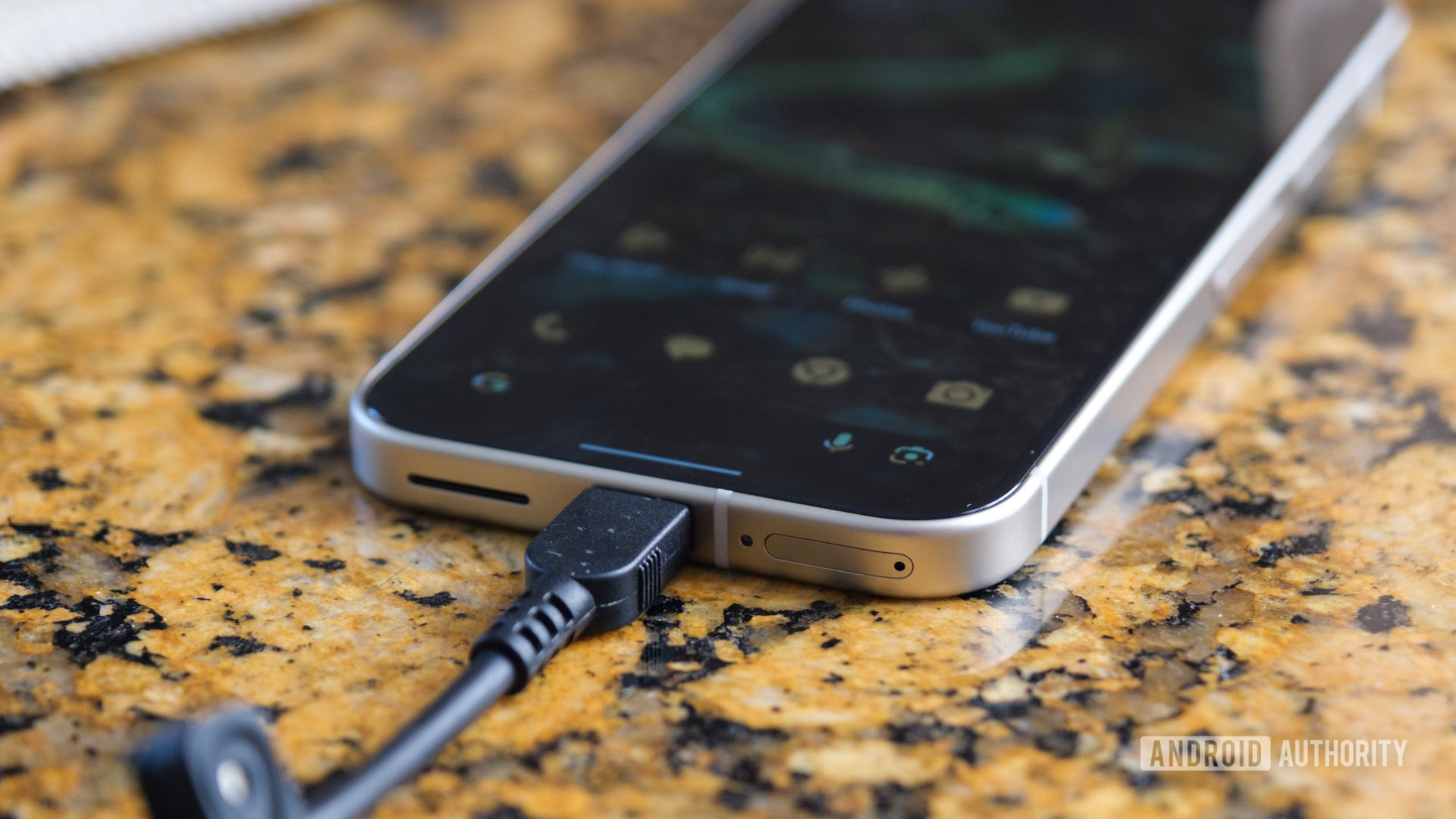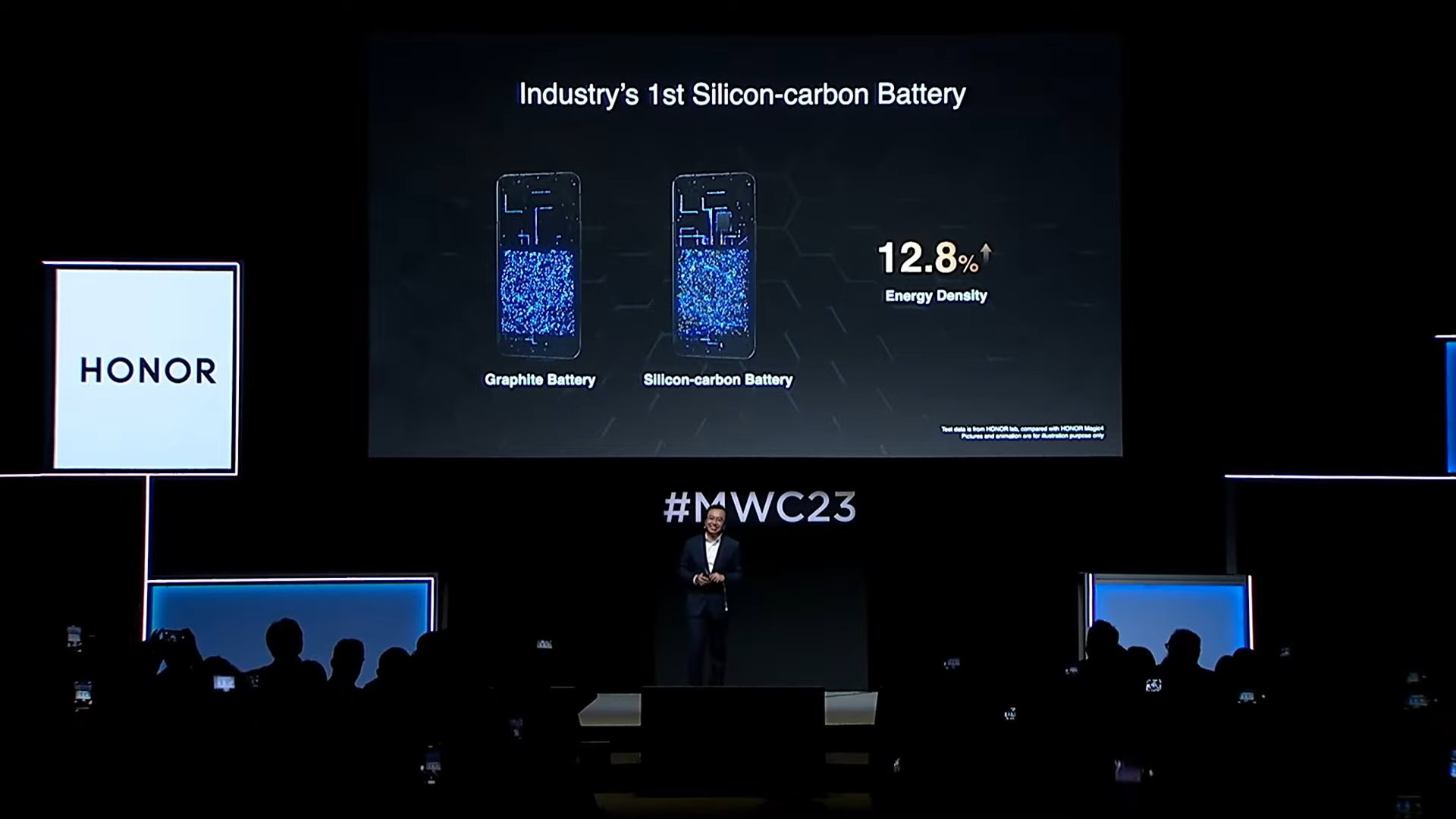Affiliate links on Android Authority may earn us a commission. Learn more.
Smartphone batteries got a major upgrade and you didn't even know it
Published onSeptember 22, 2024

It seems like every few months, we hear about new-fangled battery innovations that will revolutionize the industry and deliver long-lasting phones for everyone. Some of these technologies include sodium, zinc, and even radioactive materials. Unfortunately, most of these technologies fail to materialize in commercial devices.
However, a smartphone battery revolution quietly took place in the last couple of years. Say hello to silicon batteries.
Silicon batteries are here
The vast majority of smartphones use lithium-ion batteries, featuring graphite for the anode. But silicon-based batteries, which are now available in commercial devices, switch to an anode made out of (surprise) silicon.
The biggest benefit of silicon batteries is that they offer greater energy density than lithium-based batteries. This means a physically smaller battery with the same capacity as a lithium-ion battery or a greater battery capacity for the same physical size.
Silicon batteries offer greater energy density, enabling more capacity or a smaller physical battery size.
Nowhere is this benefit more clearly illustrated than with 2023’s HONOR Magic 5 Pro, which was the first phone to offer a silicon battery. Global versions of the phone were equipped with a 5,100mAh lithium-based battery, but the Chinese version offered a 5,450mAh silicon-carbon battery in the same body.
Silicon batteries have since been adopted by the OnePlus Ace 3 Pro, the Xiaomi 13 and 14 series, and the vivo X100 Ultra and X Fold 3 Pro. The OnePlus handset, in particular, offers a 6,100mAh battery, and the brand claimed 22% more capacity but with a reduced physical size compared to the Ace 2 Pro. HONOR’s Magic 6 Pro also brings a 5,600mAh silicon-carbon battery to the table.
New possibilities for smartphones

There are a few more upsides to silicon batteries than greater battery capacity. This technology is paying huge dividends in the foldable phone space, enabling thinner designs without battery sacrifices.
2023’s HONOR Magic V2 gained acclaim for its super slim design (9.9mm), yet it still offered a 5,000mAh silicon-carbon battery. The HONOR Magic V3 upped the ante this year, measuring just 9.2mm thick but still featuring a 5,150mAh silicon battery. The vivo X Fold 3 Pro also uses a 5,700mAh silicon battery while still offering an 11.2mm design. This trend extends to clamshell foldables like the HONOR Magic V Flip and Xiaomi Mix Flip, offering 4,800mAh and 4,780mAh batteries, respectively. Needless to say, there’s a strong argument that silicon batteries could be key for Google and Samsung to reduce the thickness of their foldables.
Does your phone battery last long enough for you?
Silicon batteries also enable more compact flagship phones. One of the biggest downsides to small phones is that battery capacity often suffers compared to larger devices, such as the Galaxy S24 and its relatively small 4,000mAh battery. However, silicon batteries could bring a capacity increase without a corresponding increase in size. We’ve already seen murmurings that the Xiaomi 15 will be a pocket-friendly phone with a ~5,000mAh battery. So our fingers are crossed for more small flagship phones in the future, although the age of 5-inch phones is over.
This technology could also be a boon for smaller gadgets like fitness trackers, smartwatches, and smart home sensors, where space is at a premium. Silicon batteries could enable longer endurance for these gadgets or even smaller devices without sacrificing battery life. In fact, the HONOR Watch 5 already comes with a 480mAh silicon battery.
The waiting is over (unless you’re in the US)

We’ve all been jaded by stories of new battery technologies that never pan out. But silicon batteries are real, and you can buy phones with this technology right now. This technology will only become more popular as its impact becomes undeniable, particularly in the foldable segment where space is at a premium.
Our only disappointment is that, with the likely exception of the OnePlus 13, US consumers might not be able to buy phones with silicon batteries for a while. So we really hope Apple, Google, and Samsung are all taking notes and will adopt this tech in their next-gen smartphones.
